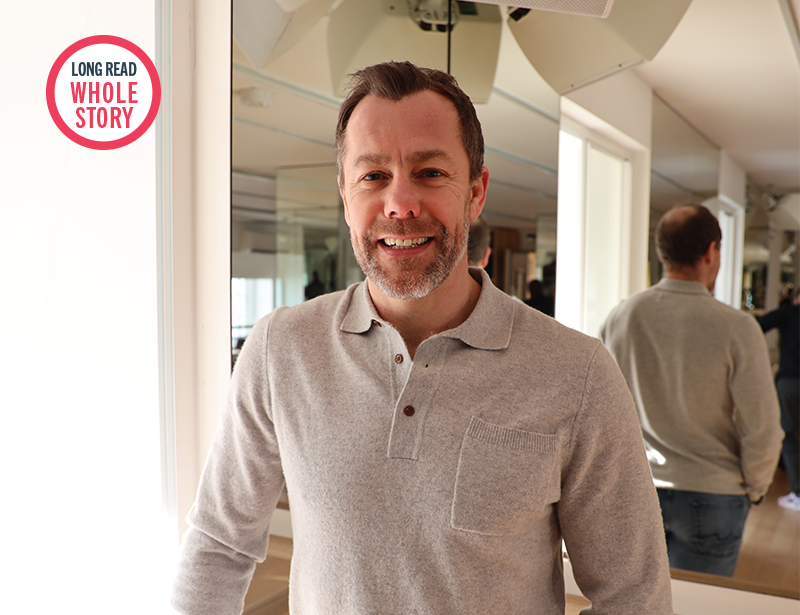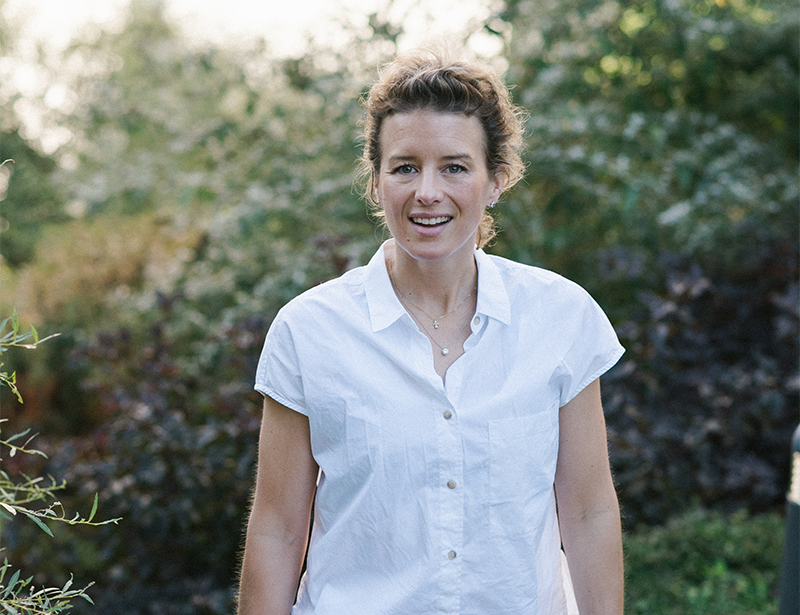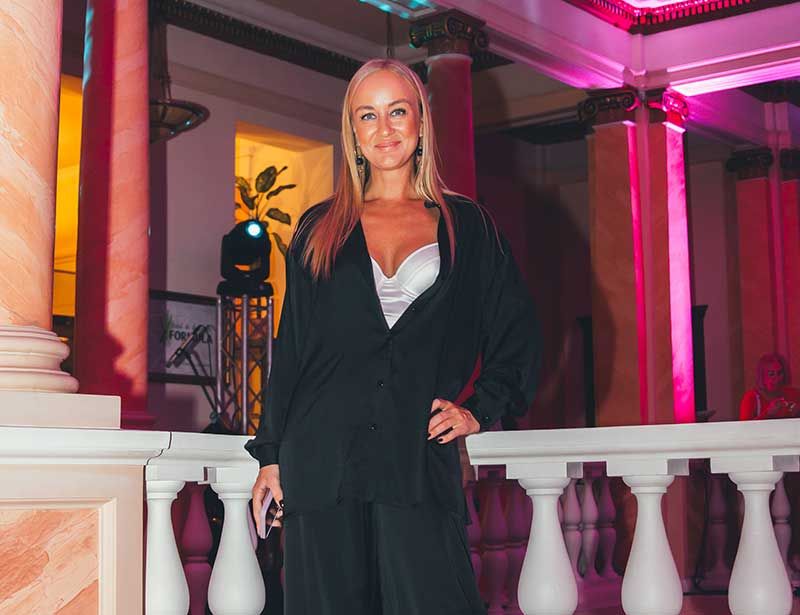Europe
Third Space

What are your signature cycle concepts at Third Space?
SM: We have three distinct studio concepts, as well as two small group training concepts for the gym floor.
The first studio concept is POWERIDE: a results-orientated class with a slight element of competition, but without being intimidating. We use ICG’s Coach by Colour for live visual data and we focus on improving power output by working through the zones, all to the beat of the music.
The second is JUST RIDE, which is designed for those who simply want to switch off, enjoy the music and ride. It’s music-led, but there’s no choreography, stripping cycling back to its foundations and focusing on endurance.
The third is HARDCORE CYCLE, a HIIT-based class that’s all about max intervals on a bike. We don’t ride to the beat in this class, but we do use the phrasing of the music to initiate the intervals.
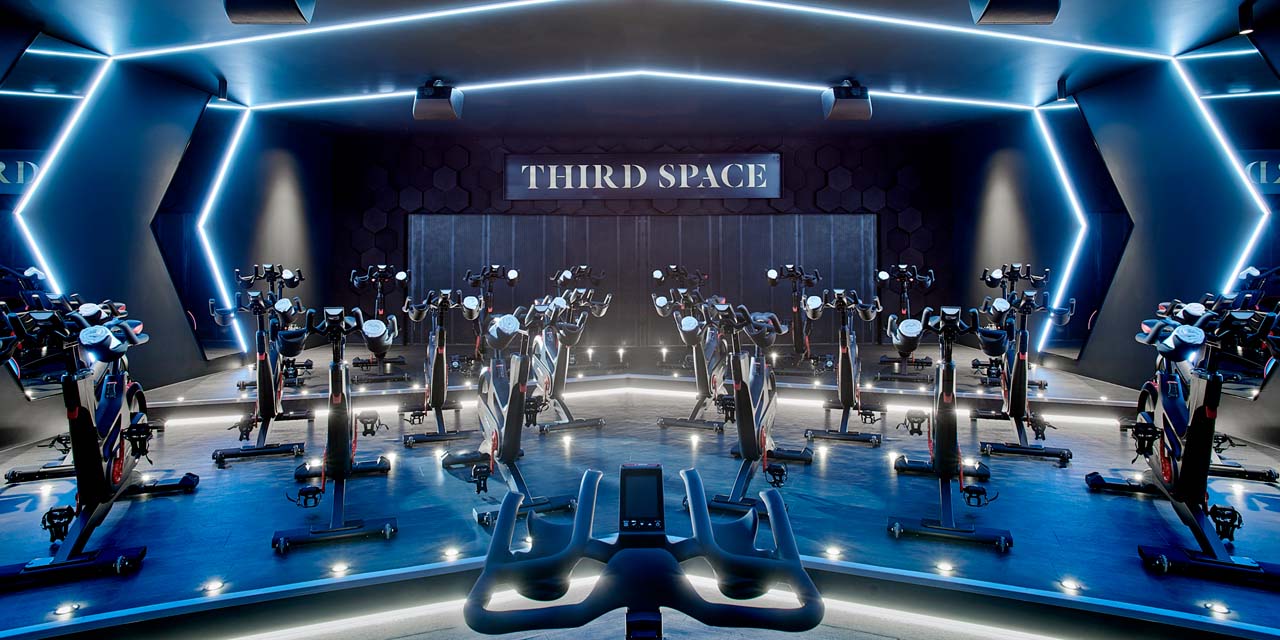
Between them, these three studio concepts account for 20–30 sessions a week from a total timetable of 180–260 classes, depending on the club.
CS: We didn’t want to create six, seven or more different cycle classes. We wanted a smaller programme of exceptional, clearly distinct concepts that between them still offer something for everyone. I believe it’s the right approach, and certainly, in terms of participation, cycling is in the top three most popular group exercise activities at Third Space.
It all sounds quite performance-centric?
CS: Certainly on the gym floor, our small group cycle training is performance-based, with two separate programmes: Wattbike is about enhancing your FTP (functional threshold power), while Wattbike Sprints is about anaerobic power, anaerobic capacity and VO2.
We’ve tried to bring elements of this into the studio, too: power-based training in POWERIDE, for example. The secret here, though, is to hide the science in the experience. It’s why we use zones rather than hard data in POWERIDE, and why the instructor also plays a pivotal role, bringing their own unique flavour to the delivery of every experience.
We have a very fitness-savvy audience. Our members are looking for fitness with a purpose.
We do have a very fitness-savvy audience at Third Space, though, with highly educated members who are looking for fitness with a purpose. All our concepts are therefore underpinned by science – not just physiology but also the science of music, behavioural science, social science and so on.
SM: All that said, JUST RIDE is a great entry-level class. Although the training focus is endurance, we don’t talk about it in great depth as we would in POWERIDE, for example. The language we choose is specifically designed not to put people off. We talk about how things feel, but actually, there’s minimal chat: it’s about letting people switch off and connect to the music.
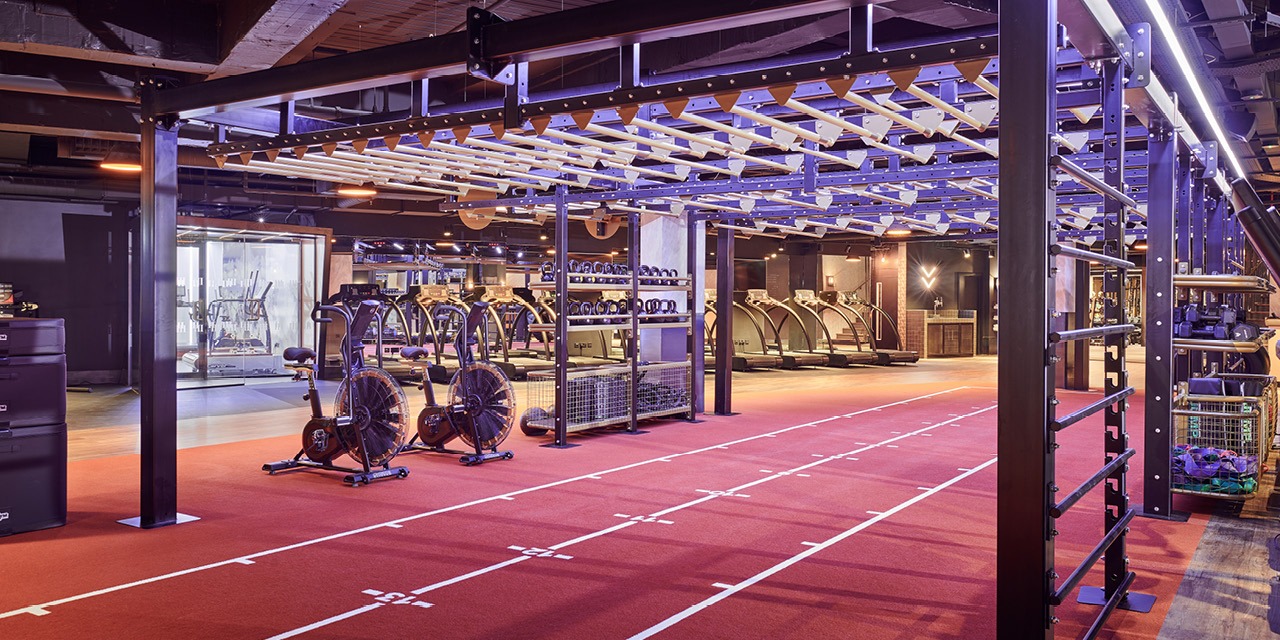
What ethos underpins all your programming?
CS: Identity and consistency are key. We have a growth mindset – we’ll be opening three more clubs in London this year, in Mayfair, Moorgate and Wood Wharf – and everything has to be scaleable. This means clear templates for each programme, into which instructors can inject their own personalities and knowledge.
SM: We’re also very strict about not allowing class creep, ensuring each concept has its own distinct identity. That’s the case not only between our three cycling concepts, but between all our signature disciplines, so there’s never any confusion as to which class you’re participating in.
With cycling, for example, you’ll know the moment you walk into the studio which class is about to start, whether it’s the pink light at the beginning of JUST RIDE, using the Coach by Colour mode for POWERIDE, or the music you’ll hear that’s specific to HARDCORE.
What is the vibe in your studios?
SM: There’s a welcoming, clean, happy vibe when you walk into the studios across our six clubs, but each club is also unique.
In non-socially distanced times, Canary Wharf has 85 bikes, with an incredible eight-speaker sound system. At the other end of the scale, the Tower Bridge cycling studio would normally have 21 bikes, so it’s more of an intimate feel. Marylebone doesn’t have a cycling studio, but we do offer Wattbike sessions on the gym floor.
We aim to have consistent lighting and technology systems across all clubs, though, so instructors can create exactly the right mood at the right moment, as well as a different atmosphere for each class.
How aligned are your gym floor and studio offerings?
CS: As I mentioned before, there are definitely elements of performance working their way from the gym floor and into the cycle studio, but I think there’s more we can do to collaborate moving forward.
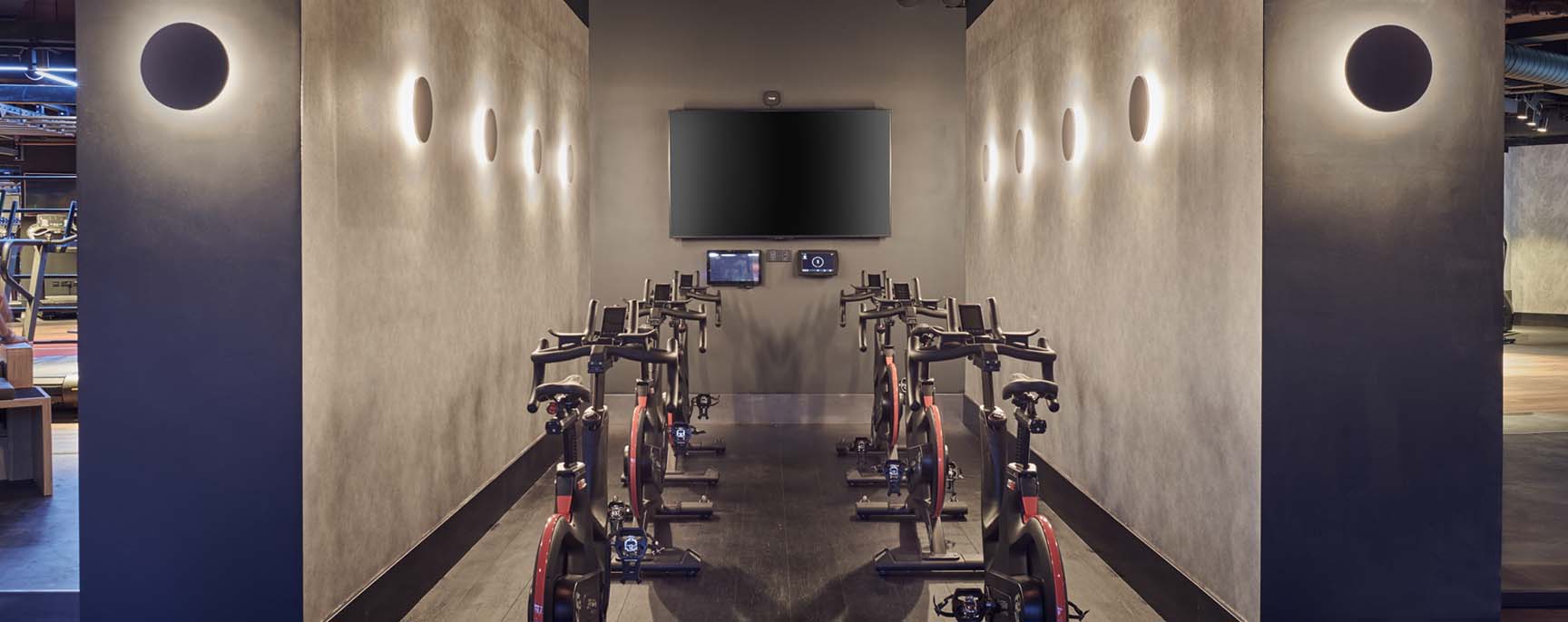
At the moment, there are lots of members who do Wattbike but not studio classes, and vice versa. We need to find the link – the common thread – that will encourage more crossover. This is something we’re actively investigating.
How have you adapted to COVID-19?
SM: We went online during lockdown, as so many operators did, with a filming studio created in our Canary Wharf club. However, cycle is quite a new addition to our online offering, so of the 350+ classes available on the Third Space app, only a handful are currently cycling. Participation in these classes obviously requires significant investment in home equipment, and there’s already so much competition in this space, not least Peloton.
All that said, online is here to stay and I would love to develop more online cycling content, and potentially some live streaming going forward.
We also have two pop-up outdoor venues at the moment, where classes are free for members and £20 for non-members. The Tower Bridge venue is running HIIT/strength-based classes, while at Canary Wharf, it’s cycle, yoga and HIIT/strength.
What will be the longer-term impact of COVID?
CS: In terms of member behaviour, it will be some time before we fully understand the impact of COVID. We only have a few months of insight to draw on so far, from when we opened last summer, so it’s really hard to predict what will happen.
Online coaching is about telling. We believe great coaches listen, and this is easier in-person.
What we do know is that members are asking for group exercise, both for the in-person coaching and for the social aspect. I personally believe that, once people re-engage in our live classes, they’ll realise what they’ve been missing over recent months. Online is great, but online coaching is about telling. We believe great coaches listen, and this lends itself much better to the in-person environment.
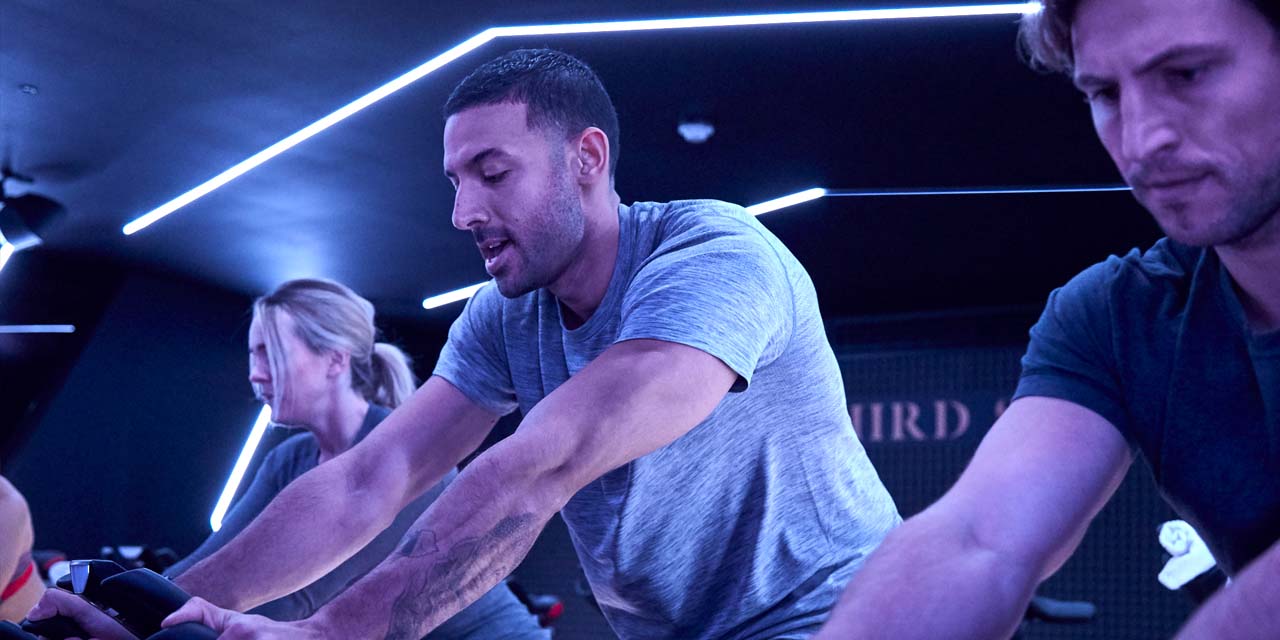
However, some behaviours will inevitably change as a direct result of changed working patterns, and that’s significant for us: we do have some residential developments in all our catchment areas, but many of our clubs are heavily corporate and we will need to continually re-evaluate. We’ve been speaking to lots of CEOs who are keen to have their teams back in the office, and whose teams are equally keen to be back for the interaction, but we’ll have to see how it goes.
SM: One other notable impact of COVID has been on the way we approach instructor recruitment and training.
It used to be that we’d run extensive auditions followed by full-day, in-person workshops for each programme. COVID has forced us to change this approach, with auditions via video and training done independently and online. Much of the onus is now on the instructor to work through all the materials we send them.
Of course, in-person is nice, but this new way of doing things is so efficient that I think we’re unlikely to go back to our old way of doing things.
What other initiatives are you working on?
CS: When it comes to innovation, a lot of people talk about the product. However, perhaps particularly when it comes to group exercise, we believe you have to start with an understanding of member behaviour and build your classes around that.
In the aftermath of COVID, people will still train from home, but they’re bored of screens and they want a social outlet. We’re therefore looking at apps and software solutions that will allow us to link our live and virtual experiences. We want to make sure that, through our app, we can become the hub for our member community wherever they are.
The future is about separating things out more, creating distinct concepts with unique identities
SM: I don’t believe the experience of in-person group exercise can be replicated online, so I definitely see people training in-club still. I think some elements of the online experience will work their way into the studio, though, which goes back to what Chris is saying. People have found a new love for data and app connectivity over the past year of lockdown training, and we need to reflect this in our offering.
What’s the future of indoor cycling?
CS: I see a number of different factors playing a role. The first is identity; you can’t have a generic cycling class any more. The future is about separating things out more, creating distinct concepts with unique identities.
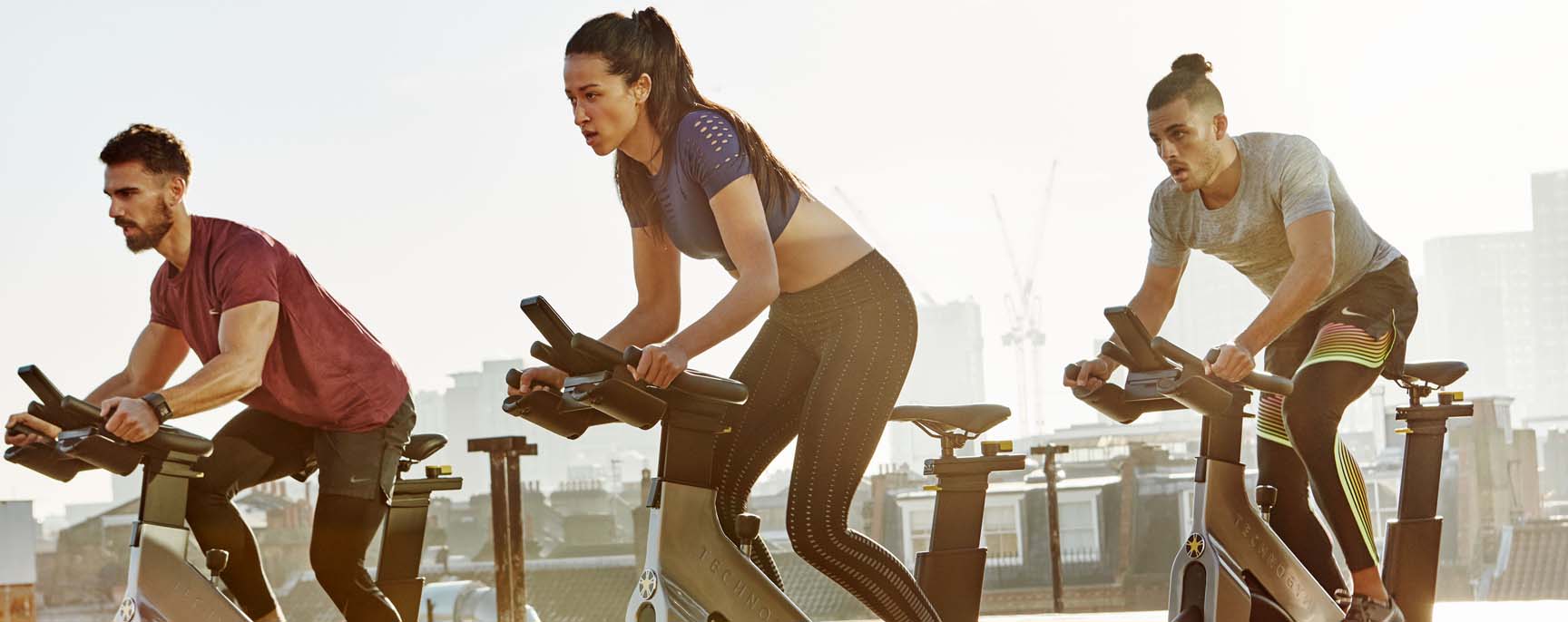
I also see the emergence of even more expert coaches – instructors who are able to deliver an enhanced member experience based on the application of knowledge and an in-depth understanding of people’s behaviours.
And then there’s connectivity, which can enhance the member experience and allow you to scale what you create. You might create an ecosystem that uses technology to link from club to club to club, as well as into members’ homes. You might set up team challenges or mass virtual events, introduce gamification, track performance via specific metrics, forge online communities. COVID has accelerated our sector’s investigation of what’s available and possible, and I see this being redefined quite quickly.
Finally, there’s collaboration. This will be key moving forward, whether that’s a technological collaboration or acting as a gateway to other ‘real world’ opportunities – outdoor cycling clubs, for example, which might appeal to our members. I think operators have to recognise we can’t do everything any more. But if we get it right, we can be the hub.

Conceived, powered and funded by BODY BIKE®, RIDE HIGH has a simple mission: to celebrate and champion the very best of indoor cycling, sharing ideas, stories and experiences from around the world to inspire the sector on to even bigger and better things. Subscribe for free by leaving your details below and we'll send indoor cycling's hottest news direct to your inbox three times a year.


